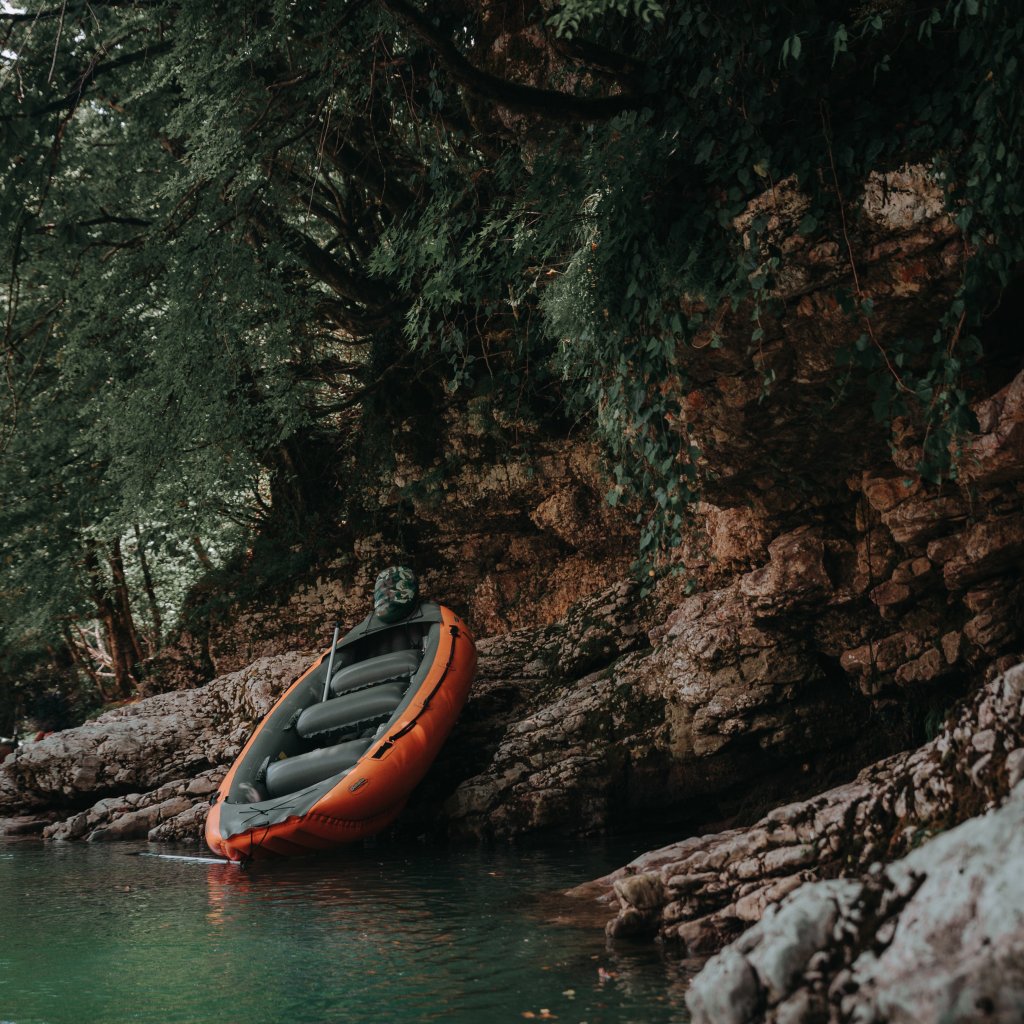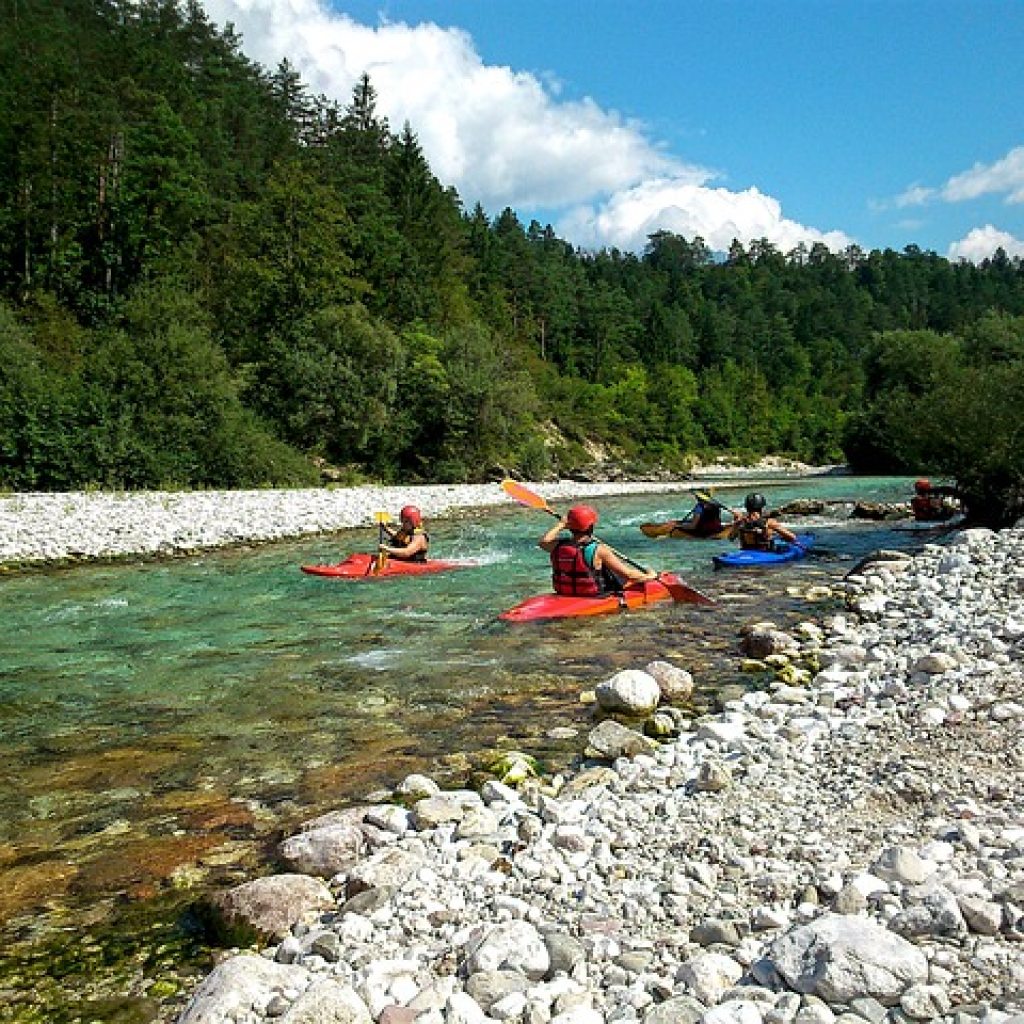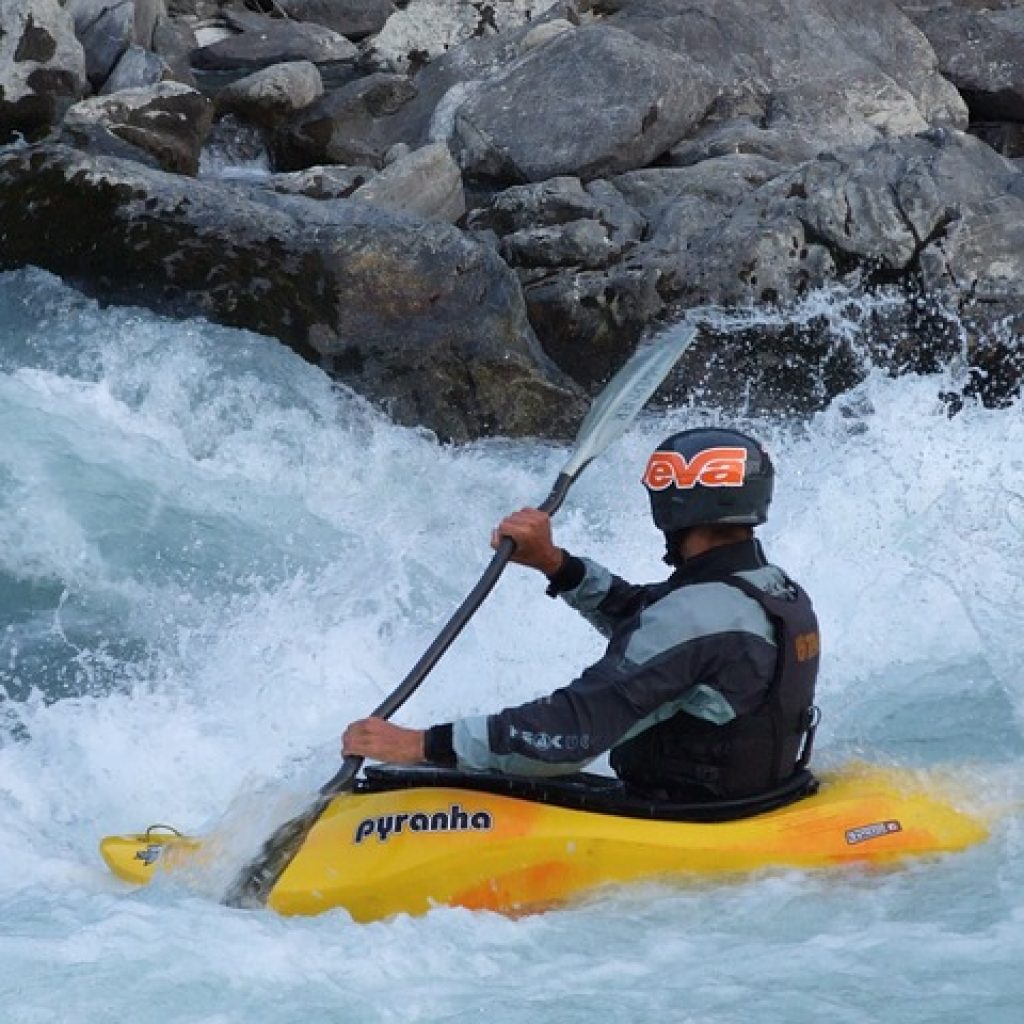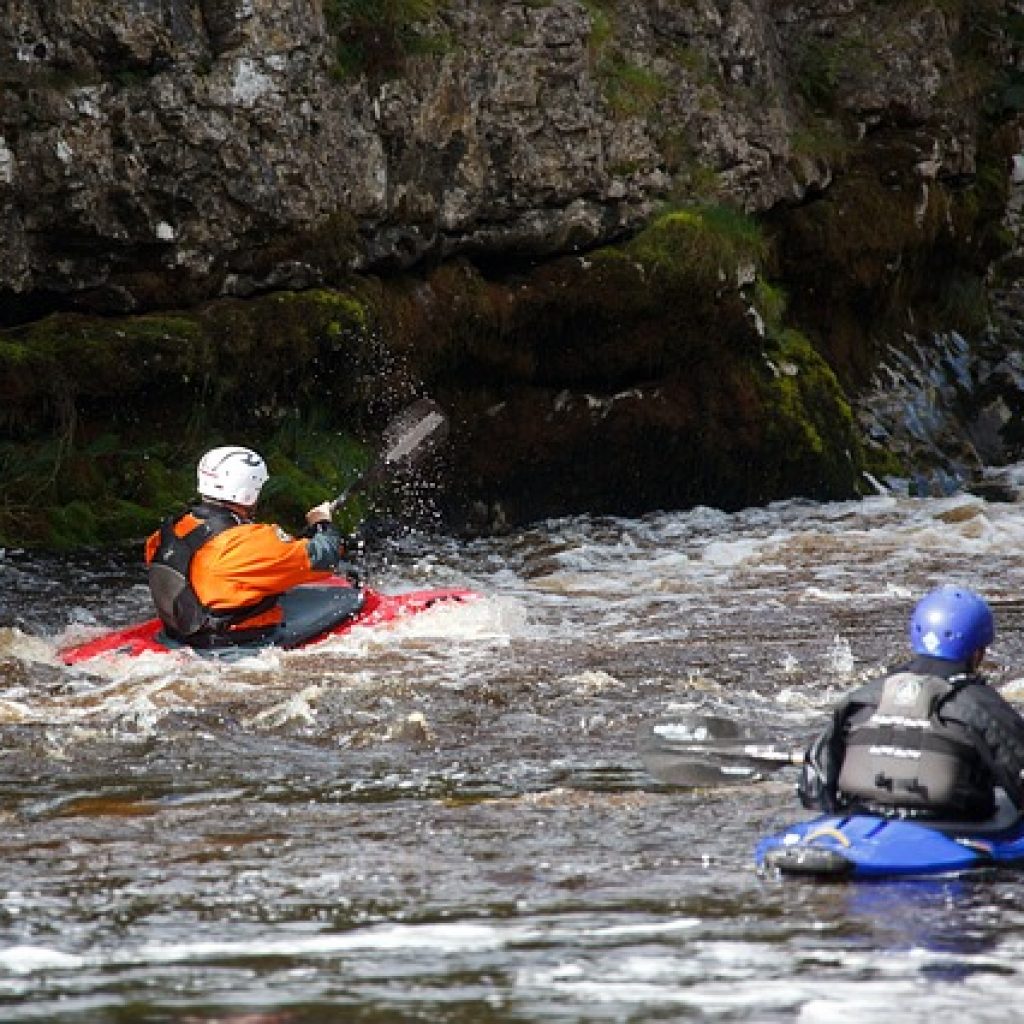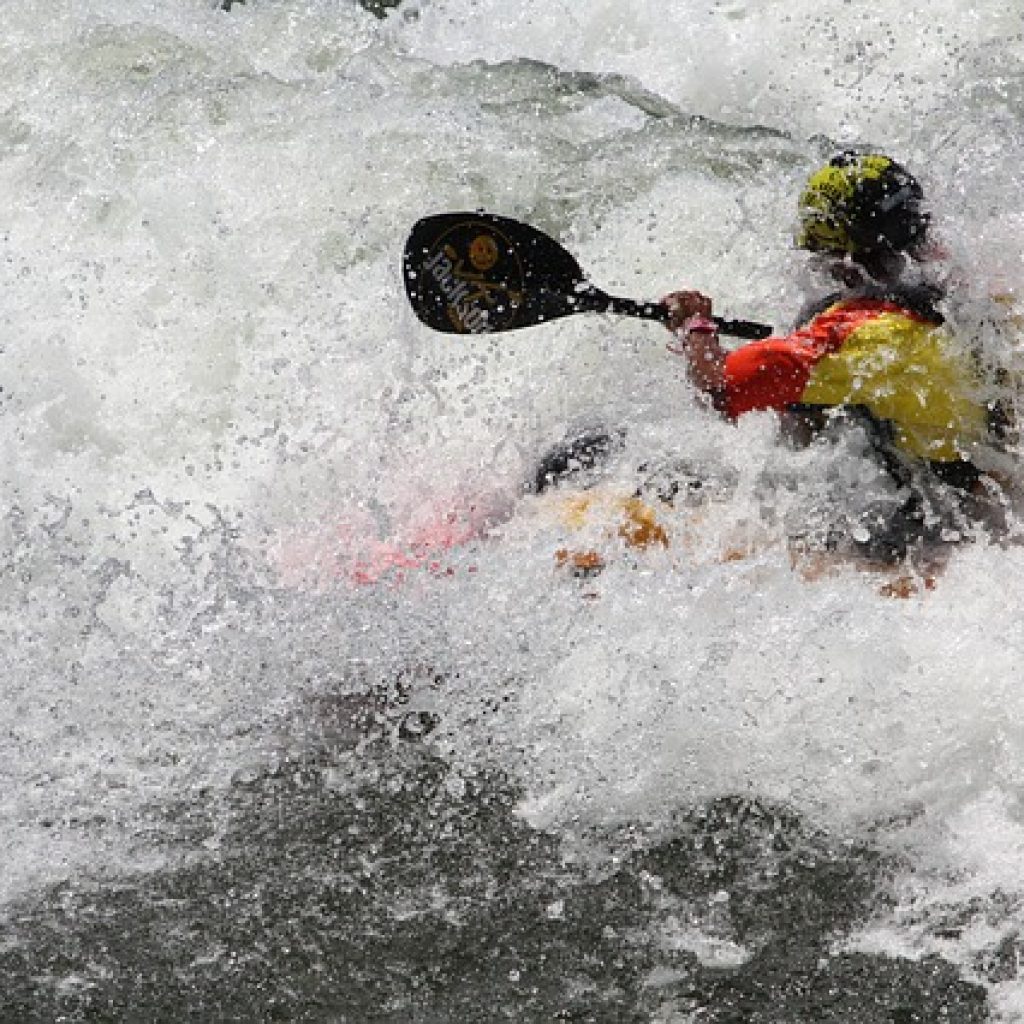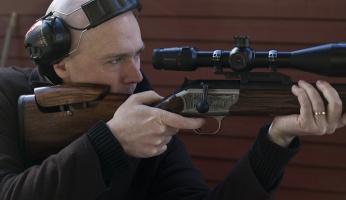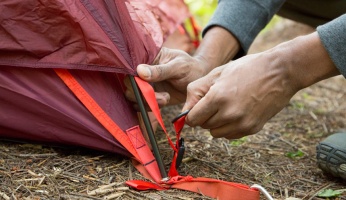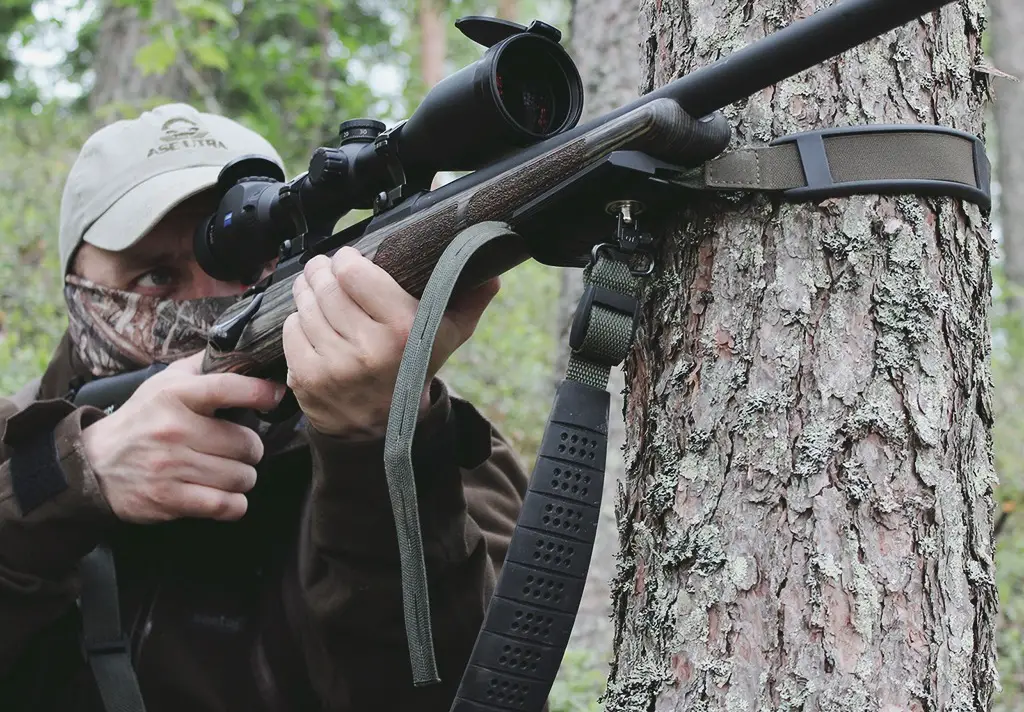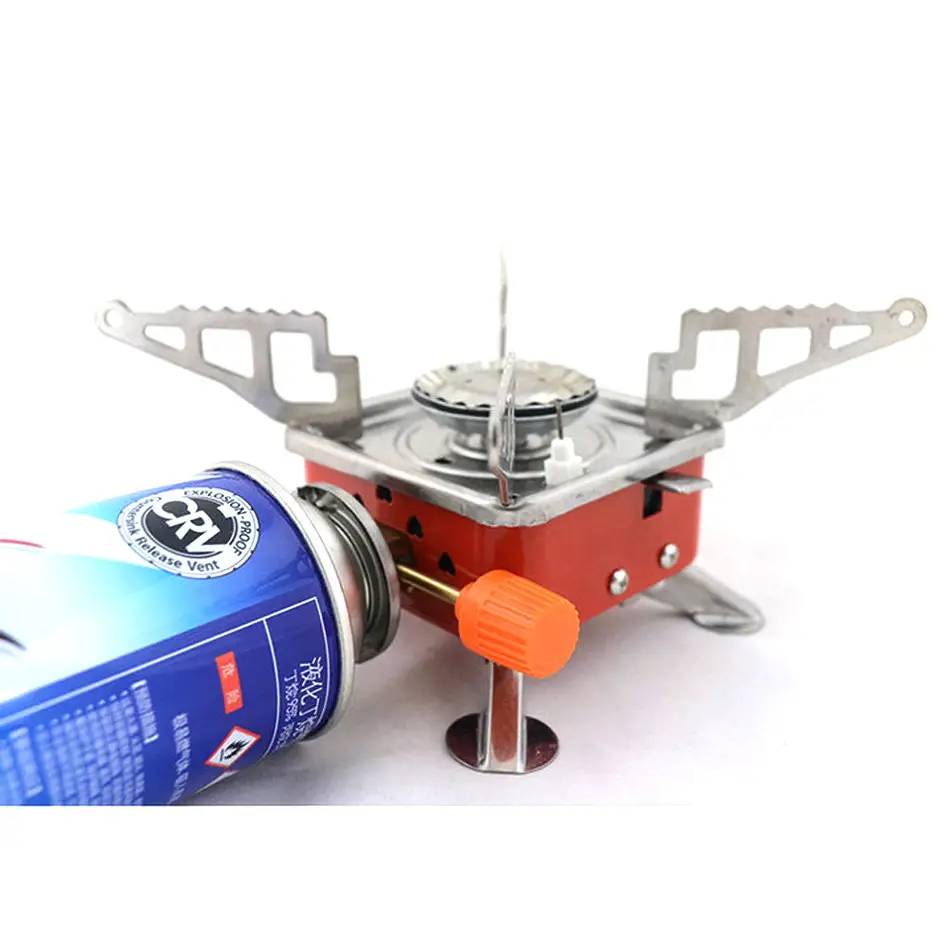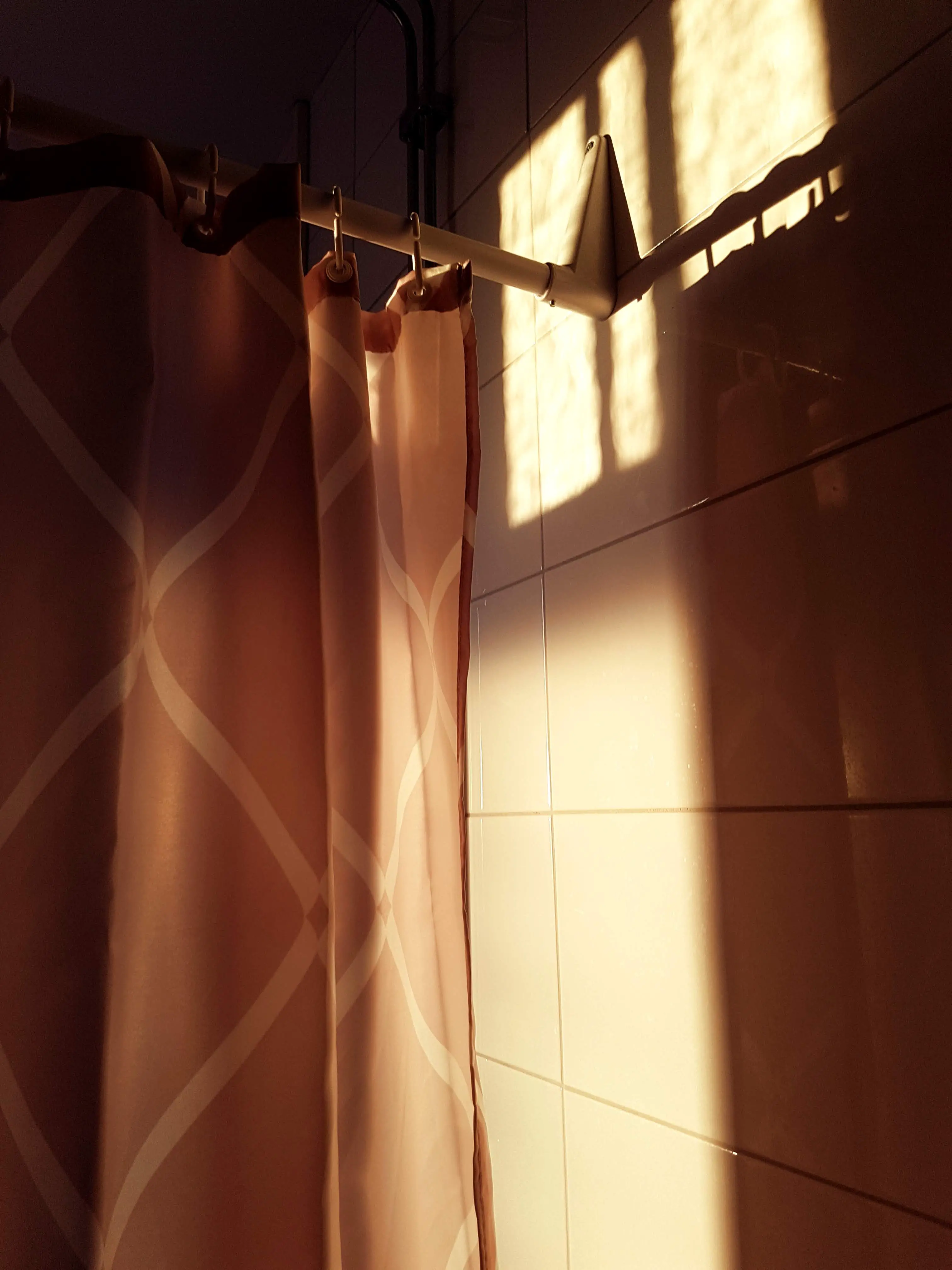Top 6 Qualities To Look For In A Rafting Kayak
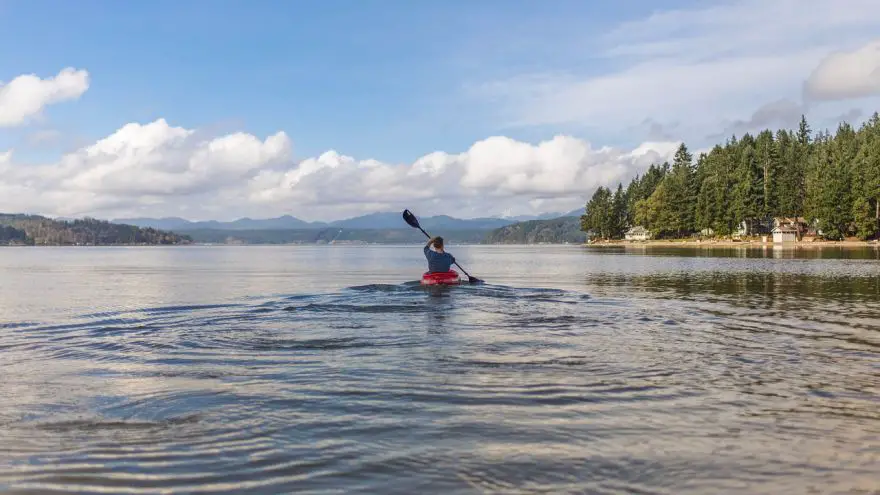 Top 6 Qualities To Look For In A Rafting Kayak
thegearhunt.com
Top 6 Qualities To Look For In A Rafting Kayak
thegearhunt.com
Anyone who has gone rafting in a kayak before will tell you how it is a rather intense outdoor activity that requires you to be skilled, concentrated, and maintain the ability to control your stress and adrenaline.
But something else that is definitely needed for a successful rafting kayak trip is, of course, a good kayak! In fact, it doesn’t matter how skilled you are, if you have a poor quality kayak there will be preciously little you can do to control yourself out on the water.
This is why selecting a rafting kayak is never a decision that you should make lightly. On the contrary, it is a decision that necessitates careful research on your part. In this article, we are going to discuss the top six qualities that you need to look for in a rafting kayak.
LENGTH OF THE KAYAK
Kayaks come in a variety of different lengths, from short to medium to long and everything in between. That being said, different kayak lengths each present a number of unique advantages and disadvantages.
For example, longer kayaks are definitely more stable out on the water and are easier to paddle. In addition, they have a greater total weight capacity, meaning that you will be able to store more gear on them.
That being said, shorter kayaks should not be ignored either. Shorter kayaks are obviously lighter and smaller than longer models, which means that transporting them from place to place is far easier. But the biggest advantage to a shorter kayak is how nimble and agile they are out on the water. Even though they are generally less sturdy than a longer kayak, they are still a far superior option for when you need to make a quick turn and paddle in narrow rivers.
In the end, the length of kayak you select should come down to what you plan on using the kayak for. If you want to just go for a calm, leisurely ride or are new to the sport of kayak and desire something more stable, the longer kayak should be your choice. But if you’re already an experienced kayaker or plan on doing some serious whitewater rafting where nimbleness will be a valuable asset, a shorter kayak would be a superior option.
WIDTH OF THE KAYAK
Length is not the only consideration you want to have in regards to the size and dimensions of your kayak. The width of the kayak also has a heavy influence on how the boat handles and especially on its stability in the water.
Many kayakers prefer a wider kayak in strong currents because they are significantly more stable. At the same time, a wider kayak has to press against more water and therefore requires more muscle on your part when it comes to paddling.
Again, the width of your kayak needs to be determined by your experience level and what you plan on using the kayak for. When it comes down to it, the wider the kayak, the more stable it will be, but also the more difficult it will be to maneuver and steer.
VOLUME OF THE KAYAK
Volume refers to the size of a kayak measured in gallons. Generally speaking, most kayaks are between forty to one hundred gallons in weight.
Heavier kayaks will always sit higher on the water and therefore may be desirable to beginner kayakers who don’t want something they feel will tip over. But even professional kayakers tend to prefer the heavier models as well. The reason why is because a heavier kayak will resurface faster than a smaller one, which is a major advantage for paddling in whitewater or in waterfalls.
The downside, of course, is that heavier kayaks are definitely more cumbersome for storing and transporting. Still, the tradeoff of having a kayak that will be safer in more dangerous waters should make it worth it to invest in a heavier model.
CHINES OF THE KAYAK
Chines are the edges of the kayak that are located underneath the water. The sharper your chines are, the much simpler it will be to make a quick turn because you can effectively lean the kayak into its edge.
The downside to sharp chines, however, is that they can make it easy for your kayak to be caught in a current, especially if your body is leaning in the direction of the current. What this means, generally speaking, is that a kayak with sharp chines will be a little harder to control.
In contrast to this, kayaks that have softer chines will not so easily be caught in a current but will also not be as responsive when you want to turn. No, this doesn’t mean that a kayak with soft chines won’t turn obviously, but it does mean that it will still be harder to do so.
ROCKER OF THE KAYAK
The rocker of the kayak is the curve that raises both the stern and the bow from the water. The size of the rocker can vary greatly depending on the kayak, but in general, a kayak with more rocker means the kayak will be able to more easily ride over any large sized waves and also ensure that your bow remains above the water when your kayak lands into the water from a drop.
Meanwhile, having less rocker means that your kayak will punch through a wave rather than ride over it, meaning that the bow can temporarily go underwater when you land with a drop. That being said, a kayak with less rocker will also move faster than one with a larger one.
The point here is that a kayak with a larger rocker will be an overall safer than one with a smaller rocker, even though it may travel downriver slightly slower.
HULL OF THE KAYAK
Last but certainly not least, the final major factor you need to look for in a kayak is the hull. There are two primary kinds of hulls: planning hulls and displacement hulls. Planing hulls have a flat surface, which allows the kayak to skim over the water’s surface instead of pushing through it. This ensures superior stability.
Meanwhile, displacement hulls have a bottom surface that is slightly more curved and push through the water instead of skimming over the surface, which translates to slightly less stability. If you’re new to the sport of kayaking and want your vessel to be as stable over rough waters as possible, a planing hull will probably be the better option.
